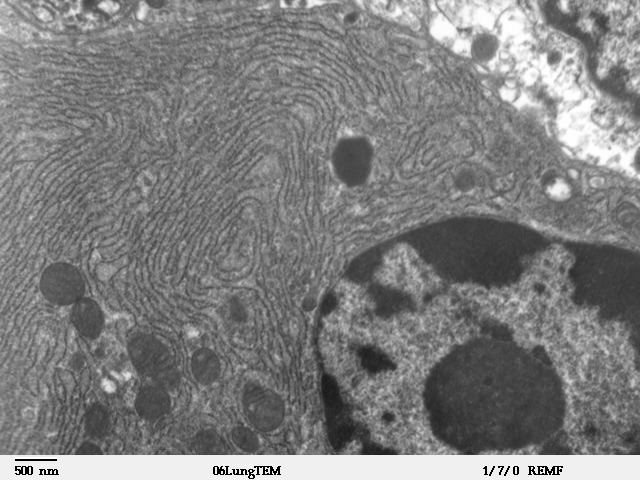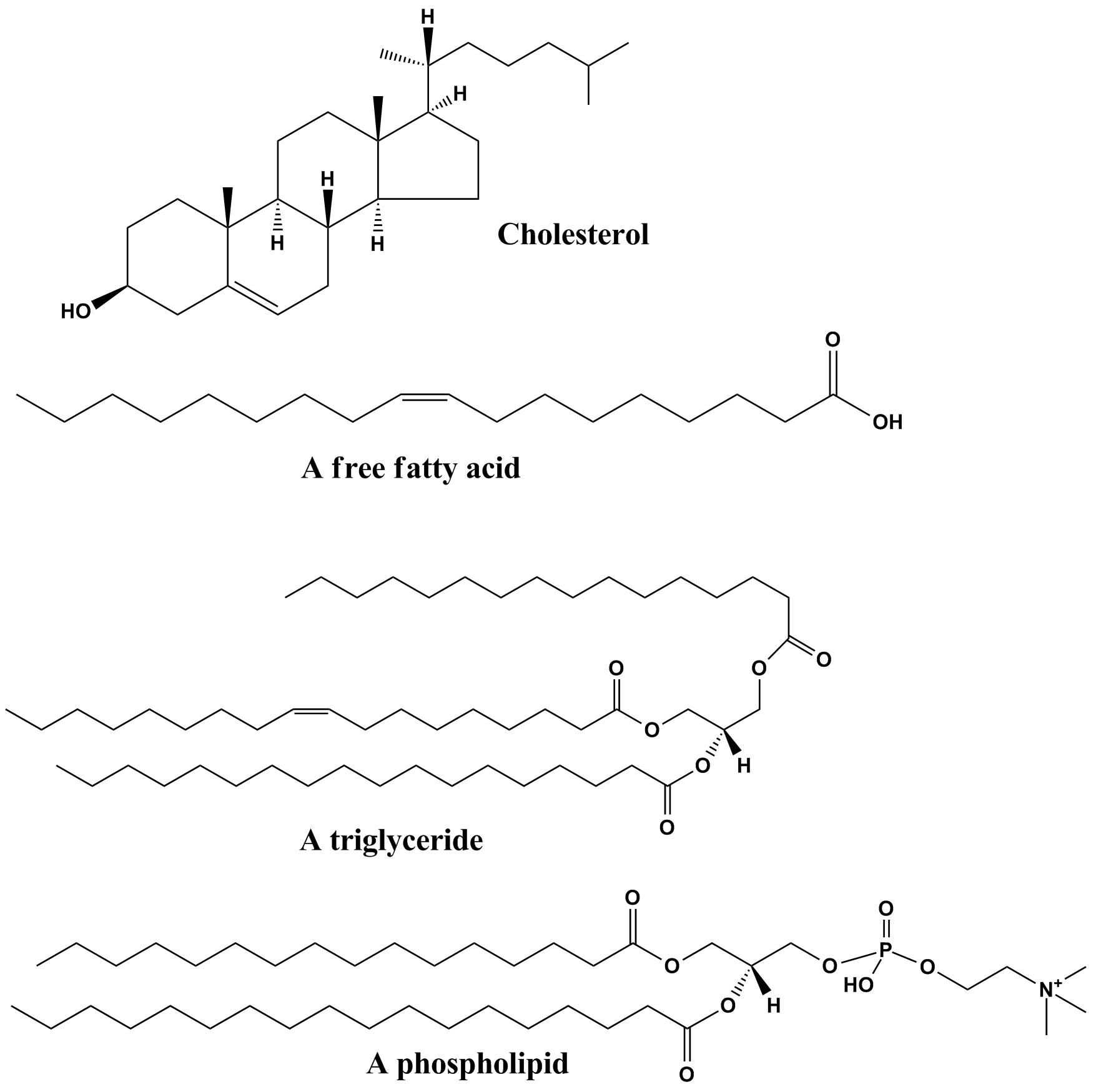|
Miriam Cnop
Miriam Cnop (born 25 December 1970) is a Belgian researcher and physician specializing in diabetology. She is Professor of Medicine at Universit├ę Libre de Bruxelles and Clinical Director of Erasmus HospitalÔÇÖs Endocrinology Department. She leads the ULB Center For Diabetes Research. Her work centered on type 2 diabetes, in particular mechanisms of lipotoxicity using human islets of Langerhans and human induced pluripotent stem cell-derived ╬▓ Cells. She is an associate member of the Royal Academy of Medicine of Belgium. In 2013, her work was awarded the Oskar Minkowski prize from the European Association for the Study of Diabetes. Early life and education Miriam Cnop was born in Ixelles in 1970. Her father is mathematician, Ivan Cnop, who was a professor at the Vrije Universiteit Brussel. She attended the Royal Athenaeum of Tervuren for her k-12 education. In 1988, she started studying medicine at Vrije Universiteit Brussel. She graduated summa cum laude and valedictorian ... [...More Info...] [...Related Items...] OR: [Wikipedia] [Google] [Baidu] |
Ixelles
(French, ) or ( Dutch, ), is one of the 19 municipalities of the Brussels-Capital Region, Belgium. Located to the south-east of Brussels' city centre, it is geographically bisected by the City of Brussels. It is also bordered by the municipalities of Auderghem, Etterbeek, Forest, Uccle, Saint-Gilles and Watermael-Boitsfort. , the municipality had a population of 87,632 inhabitants. The total area is , which gives a population density of . In common with all of Brussels' municipalities, it is legally bilingual (FrenchÔÇôDutch). It is generally considered an affluent area of the city and is particularly noted for its communities of European and Congolese immigrants. Geography Ixelles is located in the south-east of Brussels and is divided into two parts by the Avenue Louise/Louizalaan, which is part of the City of Brussels. The municipality's smaller western part includes the Rue du Bailli/Baljuwstraat and extends roughly from the Avenue Louise to the /, whilst its l ... [...More Info...] [...Related Items...] OR: [Wikipedia] [Google] [Baidu] |
TRNA
Transfer RNA (abbreviated tRNA and formerly referred to as sRNA, for soluble RNA) is an adaptor molecule composed of RNA, typically 76 to 90 nucleotides in length (in eukaryotes), that serves as the physical link between the mRNA and the amino acid sequence of proteins. tRNAs genes from Bacteria are typically shorter (mean = 77.6 bp) than tRNAs from Archaea (mean = 83.1 bp) and eukaryotes (mean = 84.7 bp). The mature tRNA follows an opposite pattern with tRNAs from Bacteria being usually longer (median = 77.6 nt) than tRNAs from Archaea (median = 76.8 nt), with eukaryotes exhibiting the shortest mature tRNAs (median = 74.5 nt). Transfer RNA (tRNA) does this by carrying an amino acid to the protein synthesizing machinery of a cell called the ribosome. Complementation of a 3-nucleotide codon in a messenger RNA (mRNA) by a 3-nucleotide anticodon of the tRNA results in protein synthesis based on the mRNA code. As such, tRNAs are a necessary component of translation, the biological ... [...More Info...] [...Related Items...] OR: [Wikipedia] [Google] [Baidu] |
Mitochondrial
A mitochondrion (; ) is an organelle found in the cells of most Eukaryotes, such as animals, plants and fungi. Mitochondria have a double membrane structure and use aerobic respiration to generate adenosine triphosphate (ATP), which is used throughout the cell as a source of chemical energy. They were discovered by Albert von K├Âlliker in 1857 in the voluntary muscles of insects. The term ''mitochondrion'' was coined by Carl Benda in 1898. The mitochondrion is popularly nicknamed the "powerhouse of the cell", a phrase coined by Philip Siekevitz in a 1957 article of the same name. Some cells in some multicellular organisms lack mitochondria (for example, mature mammalian red blood cells). A large number of unicellular organisms, such as microsporidia, parabasalids and diplomonads, have reduced or transformed their mitochondria into other structures. One eukaryote, '' Monocercomonoides'', is known to have completely lost its mitochondria, and one multicellular organis ... [...More Info...] [...Related Items...] OR: [Wikipedia] [Google] [Baidu] |
Endoplasmic Reticulum
The endoplasmic reticulum (ER) is, in essence, the transportation system of the eukaryotic cell, and has many other important functions such as protein folding. It is a type of organelle made up of two subunits ÔÇô rough endoplasmic reticulum (RER), and smooth endoplasmic reticulum (SER). The endoplasmic reticulum is found in most eukaryotic cells and forms an interconnected network of flattened, membrane-enclosed sacs known as cisternae (in the RER), and tubular structures in the SER. The membranes of the ER are continuous with the outer nuclear membrane. The endoplasmic reticulum is not found in red blood cells, or spermatozoa. The two types of ER share many of the same proteins and engage in certain common activities such as the synthesis of certain lipids and cholesterol. Different types of cells contain different ratios of the two types of ER depending on the activities of the cell. RER is found mainly toward the nucleus of cell and SER towards the cell membrane or pl ... [...More Info...] [...Related Items...] OR: [Wikipedia] [Google] [Baidu] |
Apoptosis
Apoptosis (from grc, ß╝ǤǤî¤Ç¤ä¤ë¤â╬╣¤é, ap├│pt┼Źsis, 'falling off') is a form of programmed cell death that occurs in multicellular organisms. Biochemical events lead to characteristic cell changes ( morphology) and death. These changes include blebbing, cell shrinkage, nuclear fragmentation, chromatin condensation, DNA fragmentation, and mRNA decay. The average adult human loses between 50 and 70 billion cells each day due to apoptosis. For an average human child between eight and fourteen years old, approximately twenty to thirty billion cells die per day. In contrast to necrosis, which is a form of traumatic cell death that results from acute cellular injury, apoptosis is a highly regulated and controlled process that confers advantages during an organism's life cycle. For example, the separation of fingers and toes in a developing human embryo occurs because cells between the digits undergo apoptosis. Unlike necrosis, apoptosis produces cell fragments called apopt ... [...More Info...] [...Related Items...] OR: [Wikipedia] [Google] [Baidu] |
Saturated Fatty Acids
A saturated fat is a type of fat in which the fatty acid chains have all single bonds. A fat known as a glyceride is made of two kinds of smaller molecules: a short glycerol backbone and fatty acids that each contain a long linear or branched chain of carbon (C) atoms. Along the chain, some carbon atoms are linked by single bonds (-C-C-) and others are linked by double bonds (-C=C-). A double bond along the carbon chain can react with a pair of hydrogen atoms to change into a single -C-C- bond, with each H atom now bonded to one of the two C atoms. Glyceride fats without any carbon chain double bonds are called saturated because they are "saturated with" hydrogen atoms, having no double bonds available to react with more hydrogen. Most animal fats are saturated. The fats of plants and fish are generally unsaturated. Various foods contain different proportions of saturated and unsaturated fat. Many processed foods like foods deep-fried in hydrogenated oil and sausage are high in ... [...More Info...] [...Related Items...] OR: [Wikipedia] [Google] [Baidu] |
Belgian American Educational Foundation
The Belgian American Educational Foundation (BAEF) is an educational charity. It supports the exchange of university students, scientists and scholars between the United States and Belgium. The foundation fosters the higher education of deserving Belgians and Americans through its exchange-fellowship program. Since 1977, Dr. Emile Boulpaep is the president of the BAEF. History During World War I, from October 1914, Herbert Hoover organized the Committee for Relief in Belgium (USA) and the ''Commission for Relief in Belgium'' (Belgium). After the war, the University Foundation, and on 9 January 1920, the B.A.E.F., were founded with the budget remaining in the hands of the commission after five years of relief work. The ''Belgian American Educational Foundation'' became the heir of the Commission for Relief in Belgium. After World War I, the BAEF invested in land and buildings for the Universit├ę libre de Bruxelles (Solbosch campus) and also for rebuilding the library of the Cat ... [...More Info...] [...Related Items...] OR: [Wikipedia] [Google] [Baidu] |
University Of Washington, Seattle
The University of Washington (UW, simply Washington, or informally U-Dub) is a public research university in Seattle, Washington. Founded in 1861, Washington is one of the oldest universities on the West Coast; it was established in Seattle approximately a decade after the city's founding. The university has a 703 acre main campus located in the city's University District, as well as campuses in Tacoma and Bothell. Overall, UW encompasses over 500 buildings and over 20 million gross square footage of space, including one of the largest library systems in the world with more than 26 university libraries, art centers, museums, laboratories, lecture halls, and stadiums. The university offers degrees through 140 departments, and functions on a quarter system. Washington is the flagship institution of the six public universities in Washington state. It is known for its medical, engineering, and scientific research. Washington is a member of the Association of American Universit ... [...More Info...] [...Related Items...] OR: [Wikipedia] [Google] [Baidu] |
Lipids
Lipids are a broad group of naturally-occurring molecules which includes fats, waxes, sterols, fat-soluble vitamins (such as vitamins A, D, E and K), monoglycerides, diglycerides, phospholipids, and others. The functions of lipids include storing energy, signaling, and acting as structural components of cell membranes. Lipids have applications in the cosmetic and food industries, and in nanotechnology. Lipids may be broadly defined as hydrophobic or amphiphilic small molecules; the amphiphilic nature of some lipids allows them to form structures such as vesicles, multilamellar/ unilamellar liposomes, or membranes in an aqueous environment. Biological lipids originate entirely or in part from two distinct types of biochemical subunits or "building-blocks": ketoacyl and isoprene groups. Using this approach, lipids may be divided into eight categories: fatty acyls, glycerolipids, glycerophospholipids, sphingolipids, saccharolipids, and polyketides (derived from condens ... [...More Info...] [...Related Items...] OR: [Wikipedia] [Google] [Baidu] |
Valedictorian
Valedictorian is an academic title for the highest-performing student of a graduating class of an academic institution. The valedictorian is commonly determined by a numerical formula, generally an academic institution's grade point average (GPA) system, but other methods of selection may be used or factored in such as community service or extra-curricular activity. The term is an Anglicised derivation of the Latin ''vale dicere'' ("to say farewell"), historically rooted in the valedictorian's traditional role as the final speaker at the graduation ceremony commencement before the students receive their diplomas. The valedictory address, also known as the valediction, is generally considered a final farewell to classmates, before they disperse to pursue their individual paths after graduating. The term is not widely used or known outside the US, although some countries may award equivalent titles. In Australia, the title is sometimes awarded to a member of a graduating universit ... [...More Info...] [...Related Items...] OR: [Wikipedia] [Google] [Baidu] |




